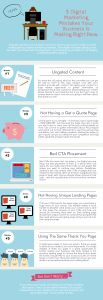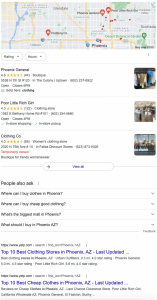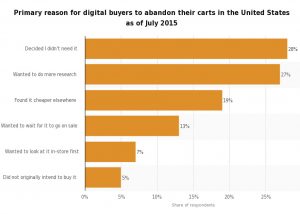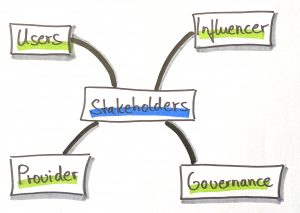COVID-19 Dos And Don’ts To Help Marketers Stay Connected To Consumers
Luminati, which collects publicly available market stats from more than 40 million IP addresses worldwide, released data Friday on the impact COVID-19 is having on ecommerce in China, providing insight into what U.S. businesses can expect. This data reflects retailers’ business activity returning.
The data is based on a timeline of COVID-19 events in China, which provides some clues to the length of time it likely will take for business to return in the United States, as automotive manufacturing shuts down and work-at-home mandates go into place in California and New York.
At the same time, agency experts from Merkle and Kantar suggest strategies to keep marketers connected as well as when and where to use them.
Companies in China collected 43% less data from online retailers between December and February, as lockdown measures increased in the country. The data now suggests business is beginning to return, with data collection increasing 35% since February as the lockdowns slowly lift.
Data collection in the United States from online retailers has increased by 20% during the past month, as brick-and-mortar stores close and social distancing practices become more commonplace. These increases are being driven in part by online grocers and toy manufacturers.
“Be patient,” said Matt Mierzejewski, SVP of search capability lead at Merkle. He advised that marketers should focus on acquisition campaigns for now. Email campaigns are booming, with tons of messages from companies trying to calm consumers as they attempt to stay in touch.
Brands are putting less ad dollars into search, mainly because of restrictions implemented by Google and Bing, as well as display and video, he said. “Organic is helping with direct messaging,” he said. “You don’t need a PR message in search ads. A lot of the display ads would be in retargeting. It just is not the type of search behavior we’ve seen in the past.”
Mierzejewski said rather than relying on paid search, brands should think about organic SEO for public service announcement messages or using sitelinks that lead to the correct information on a brand’s website. Brands also need to think about a FAQ page with information they may need to know during this time of crisis. Many brands also are using Google My Business to update consumer searching online.
Demand is low for search ads because the returns will be low — especially in travel and hospitality, he said.
When I asked Mierzejewski how brands would use COVID-19 keywords, he said they would need to do so in media other than search because Google has implemented strict rules against this practice. “You could use contextual targeting on other channels like display or Gmail ads triggered off of individuals who have searched on select phrases like flu or coronavirus.”
Merkle sees overall search volume down but not drastically — because let’s face it, “no one is searching for a new dress,” but they might be searching for sweatpants and sweatshirts. “People are still buying retail items,” he said.
Local inventory on product listing ads has traditionally been very popular for retail, but Merkle is recommending a shift in strategy — for example, typing into search the term “liquid hand soap” serves up a list of products and places to buy them. Some of these ads will tell the searcher whether they are in stock and available to buy.
These are tactical decisions, Mierzejewski said, adding that marketers need to be sensitive to the language they use such as “pick-up today” and “in store now.” These are huge selling points he said, but many stores must shift back to online only, so be aware and sensitive to the situation.
Kantar also released suggestions this week based on the emerging evidence that’s based on experience from the past. The advice suggests being sensitive about promoting travel and services people have been told not to use such as eat-in restaurants, even if they’re open, and out-of-home entertainment. Consider any advertising products that are in short supply such as toilet paper.
Marketers should put themselves in the shoes of consumers. During the financial crisis of between 2007 and 2008, Kantar analyst saw that brands continuing to spend were those that remained strongest and recovered quickly afterward. It may seem like this will last forever, but it won’t. Long-term effects come from delivering lasting impressions that help to keep the brand salient and position it as meaningful and different for when the consumer comes back into the category.
Putting people ahead of profit is also important. Kantar points to projections of reduced spend in infrequently purchased categories such as household appliances, cars and apparel. Advertising in categories such as infrequently purchased categories like household appliance, cars and some apparel should not be intended to drive immediate purchase, but with the correct creative it could be a good time to build brand predisposition.
Mjerzewski also said it is important to avoid showing content that is contrary to local health authorities — and, as always, continue to test the impact before launching longer campaigns.
(23)
Report Post






